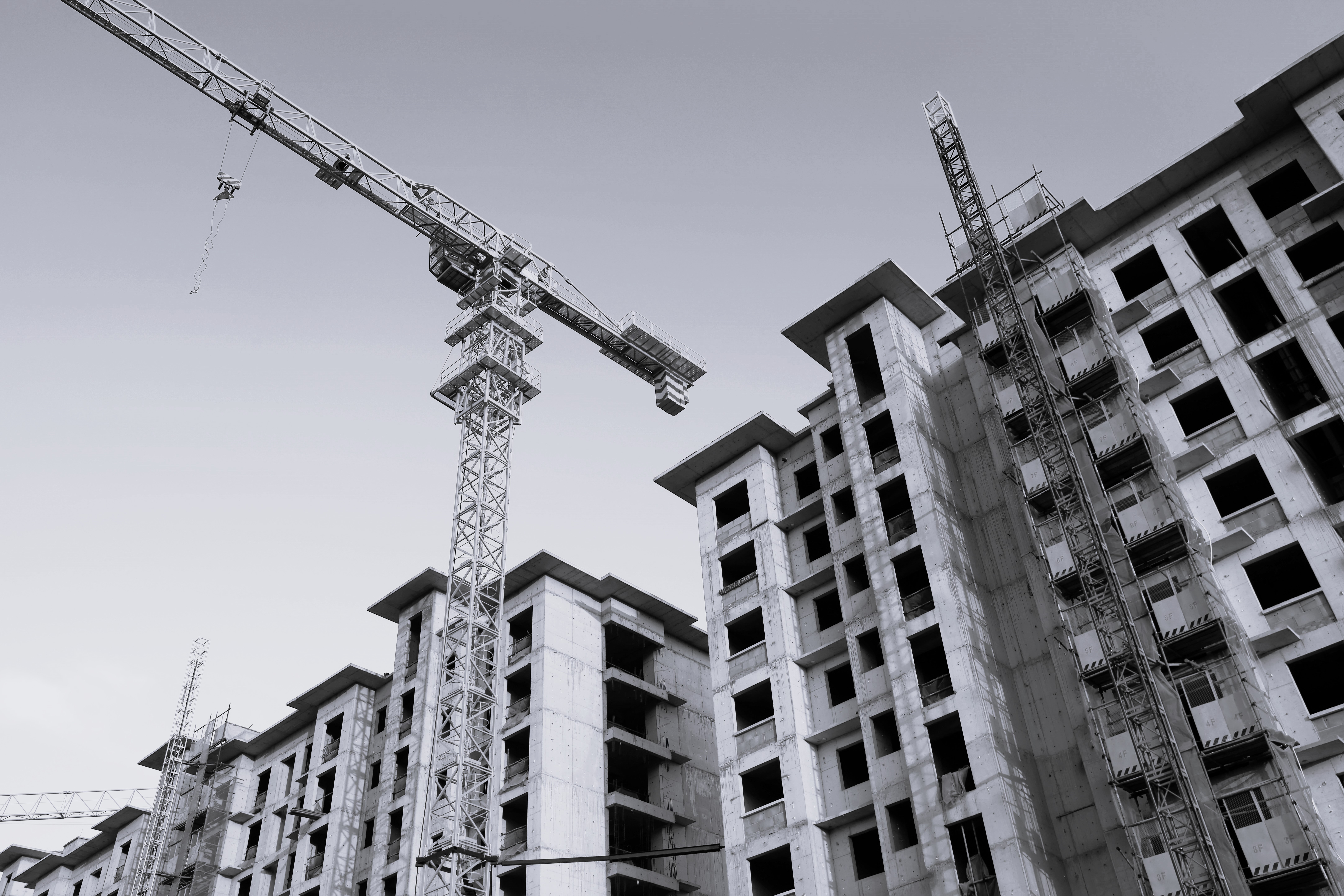NJDEP has Finalized its Vapor Intrusion Technical Guidance Document
The NJDEP has recently finalized its revamped Vapor Intrusion Technical Guidance Document to provide more in depth assistance in the evaluation of vapor intrusion concerns. Vapor intrusion concerns relate to the potential for the migration of volatile chemicals from the subsurface and to the overlying structures. The presence of volatile chemicals in the soil or groundwater offers the potential for chemical vapors to migrate through subsurface soils potentially impacting the indoor air (“IA”) quality of effected buildings. NJDEP’s initial Vapor Intrusion Technical Guidance Document was created in 2005, which governed how vapor intrusion investigations were performed on contaminated sites since that time. However, after much discussion amongst stakeholders, on January 13, 2012, NJDEP finalized its Vapor Intrusion Technical Guidance Document.
The new Vapor Intrusion Technical Guidance is designed to help assist the investigator to comply with the requirements of the NJDEP to properly assess the vapor intrusion pathway. The Vapor Intrusion Technical Guidance guides the investigators through the various stages of the process, including receptor evaluation, vapor intrusion investigation, mitigation, monitoring and ultimately termination of the system.
Basic concepts, such as conceptual site models and multiple lines of evidence, are presented and their application to the vapor intrusion assessment are detailed. NJDEP provides recommended protocols for investigating the vapor intrusion pathway, including the recommended number of sub-slab soil gas samples and indoor air quality samples collected based on the size of the building footprint and numerous other technical factors. Indoor air analytical results are compared to the indoor air screening levels and the rapid action levels (“RALs”). An immediate environmental concern is present when a vapor intrusion related indoor air concentration exceeds the RAL, the source of the exceedance is due to a discharge, and a completed pathway into the structure for vapor intrusion has been confirmed. If an immediate environmental concern is identified, specified action items are required on an expedited basis. On the other hand, if a vapor intrusion related indoor air concentration exceeds the indoor air screening level, but is equal to or less than the RAL, a vapor concern exists but the timeframes to act are not as onerous as with an immediate environmental concern.
NJDEP additionally provides design, mitigation and post-mitigation procedures as well as the appropriate monitoring provisions in its most recent Vapor Intrusion Technical Guidance Document.
The NJDEP’s Vapor Intrusion Technical Guidance Document and associated tables are located on the NJDEP’s vapor intrusion website.
No aspect of this advertisement has been approved by the highest court in any state.
Results may vary depending on your particular facts and legal circumstances.
As the law continues to evolve on these matters, please note that this article is current as of date and time of publication and may not reflect subsequent developments. The content and interpretation of the issues addressed herein is subject to change. Cole Schotz P.C. disclaims any and all liability with respect to actions taken or not taken based on any or all of the contents of this publication to the fullest extent permitted by law. This is for general informational purposes and does not constitute legal advice or create an attorney-client relationship. Do not act or refrain from acting upon the information contained in this publication without obtaining legal, financial and tax advice. For further information, please do not hesitate to reach out to your firm contact or to any of the attorneys listed in this publication.
Join Our Mailing List
Stay up to date with the latest insights, events, and more





